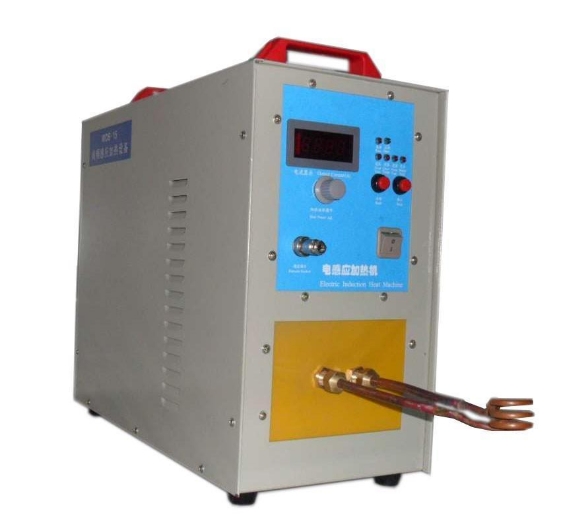- 22
- Dec
What are the common annealing methods for high frequency annealing machines
What are the common annealing methods for high frequency annealing machines
1. Incomplete annealing: Incomplete annealing is to heat the iron-carbon alloy to the intermediate temperature of Ac1-Ac3 to achieve incomplete martensitization. With the annealing process of slow cooling. The key to incomplete annealing is suitable for medium and medium carbon steel and high alloy steel forgings, etc.;
2. Spheroidizing annealing: heating the steel to a temperature slightly less than or slightly higher than Ac1 or changing the temperature around A1 for a period of time, and then slowly cooling down. Spheroidizing annealing is used to reduce the high toughness of alloy steel and 45 steel after casting;
3. Isothermal annealing: used to reduce the high toughness of some alloy tool steels with higher nickel and chromium components to carry out drilling production and processing;
4. Thorough annealing: thick over-temperature mechanism with poor physical properties after forging, casting and electric welding of high-carbon steel;
5. In-situ stress relief annealing: used to remove the thermal stress of steel castings and weldments;
6. External diffusion annealing: used to equalize the composition of aluminum alloy castings and improve their performance indicators;
7. Work hardening annealing: used to remove the hard bottoming of metal wires and metal sheets during the whole process of cold drawing and cold rolling, and to remove cold work hardening effects to make metal materials soft.
8. Graphitization annealing: high-frequency annealing machine is used to transform pig iron with a lot of cementite into malleable cast iron with excellent plastic deformation. After being heated to a certain temperature, heat insulation and heat preservation for a certain period of time and then moderate cooling, so that the cementite is dissolved to produce high-purity graphite floccules.
All in all, the high-frequency annealing machine can reduce the strength, improve the performance of the drilling process, slowly heat the metal material to a certain temperature, keep it for a good time and then cool it at a moderate rate to reduce the strength.

